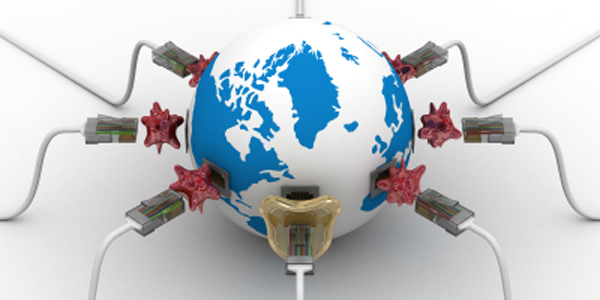Editor’s Note: Ardent Partners recently published our annual AP-themed report, The State of ePayables 2017: The Convergence of Cash, Suppliers, and Intelligence. If you would like to access the report, it is available for download here (registration required).
The average accounts payable (AP) operation today faces many of the same challenges that were faced by AP groups a decade ago – the abundance of manual and paper-based processes (e.g., paper invoices and checks, manual data-entry and approvals, etc.) that result in highly inefficient and costly operations. According to Ardent Partners’ research, the top two challenges facing AP groups today include lengthy processing times and high processing costs. As such, it is not surprising that the top priority for AP groups is to migrate off of paper-based processes, particularly given that the average enterprise receives 68% of its invoices in a manual format (i.e., paper, PDF, email, and fax) today.
For those groups that want to migrate off of paper-based processes, the biggest challenge is getting suppliers to participate in the initiative. For some suppliers, the integration to a new system may be too costly or resource intensive to pursue, while other suppliers may simply prefer to use their current order-to-cash or accounting systems, and avoid the duplication of their invoicing process.
While many business networks offer capabilities to help automate the AP process effectively, some of the networks offer value-added capabilities to suppliers such as order-to-cash capabilities, customer relationship management, accounts receivable features and even marketing and sales functionality to drive more business via the network. Of course, one of the biggest potential differentiators between network-based solutions and non-network solutions for buying organizations is the percentage of their suppliers that are already actively transacting or participating on the network.
Another example of added value on both sides of a transaction is the ability to transact, interact, and communicate with multiple trading partners within the same platform. For example, suppliers can log-in to the network to review invoice and payment information across all their network customers instead of having to call each AP department for updates. This also makes it much easier to settle disputes and errors by organizing and capturing the discussions around specific invoices or other documents and providing access to relevant information.
Overall, business networks that offer AP capabilities enable the function to:
- Automate the three major phases of the AP process – Receipt, Process, and in some cases, Pay.
- Improve the efficiency and accuracy of the AP function by applying business rules that help to automate the validation, matching and routing of an invoice. In some cases, business rules can be pushed out to network suppliers allowing certain invoices to be pre-matched before they are submitted.
- Better manage AP performance with the ability to track operational metrics such as invoice cycle time, number of invoices processed per FTE, invoices out for approval, etc.
- Enhance the level of visibility throughout the AP process due to improved access to accurate information such as invoices coming due or past due, early payment discounts available, accruals, etc.
- Effectively support the needs of procurement and treasury in managing and optimizing the procure-to-pay (P2P) process and working capital.
Final Thoughts
Business or supplier networks are accessible and user-friendly but robust platforms that supply management teams can leverage to improve efficiencies on the upstream, sourcing side and downstream, procurement and AP side of the source-to-settle spectrum. Although slower to start, their use is growing, particularly as major business/supplier networks like those provided by SAP Ariba and Basware continue to draw users from across industries and offer modularity to meet their diverse and dynamic business needs.
RELATED ARTICLES
AP’s Road Ahead: Automation & Collaboration
ePayables 2016: Technology’s Impact on AP Reaching the “Next Level” of Performance







Comments are closed.